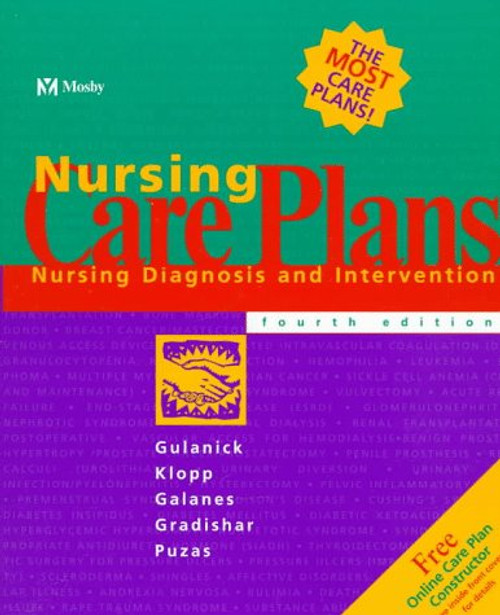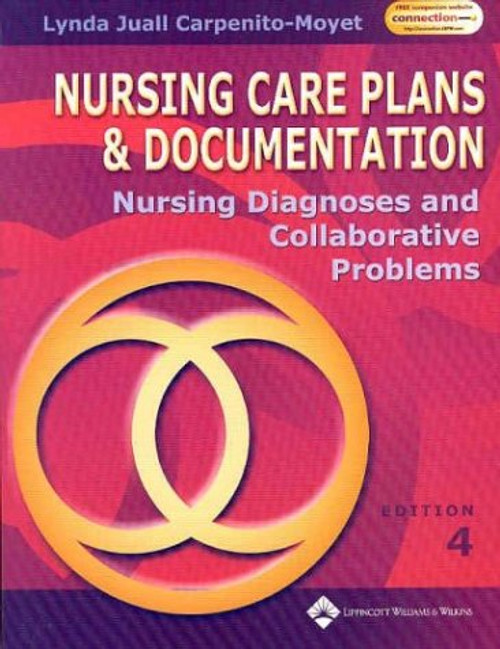Use this convenient resource to formulate nursing diagnoses and create individualized care plans! Updated with the most recent NANDA-I approved nursing diagnoses, Nursing Diagnosis Handbook: An Evidence-Based Guide to Planning Care, 9th Edition shows you how to build customized care plans using a three-step process: assess, diagnose, and plan care. It includes suggested nursing diagnoses for over 1,300 client symptoms, medical and psychiatric diagnoses, diagnostic procedures, surgical interventions, and clinical states. Authors Elizabeth Ackley and Gail Ladwig use Nursing Outcomes Classification (NOC) and Nursing Interventions Classification (NIC) information to guide you in creating care plans that include desired outcomes, interventions, patient teaching, and evidence-based rationales.
- Promotes evidence-based interventions and rationales by including recent or classic research that supports the use of each intervention.
- Unique! Provides care plans for every NANDA-I approved nursing diagnosis.
- Includes step-by-step instructions on how to use the Guide to Nursing Diagnoses and Guide to Planning Care sections to create a unique, individualized plan of care.
- Includes pediatric, geriatric, multicultural, and home care interventions as necessary for plans of care.
- Includes examples of and suggested NIC interventions and NOC outcomes in each care plan.
- Allows quick access to specific symptoms and nursing diagnoses with alphabetical thumb tabs.
- Unique! Includes a Care Plan Constructor on the companion Evolve website for hands-on practice in creating customized plans of care.
- Includes the new 2009-2011 NANDA-I approved nursing diagnoses including 21 new and 8 revised diagnoses.
- Illustrates the Problem-Etiology-Symptom format with an easy-to-follow, colored-coded box to help you in formulating diagnostic statements.
- Explains the difference between the three types of nursing diagnoses.
- Expands information explaining the difference between actual and potential problems in performing an assessment.
- Adds detailed information on the multidisciplinary and collaborative aspect of nursing and how it affects care planning.
- Shows how care planning is used in everyday nursing practice to provide effective nursing care.







